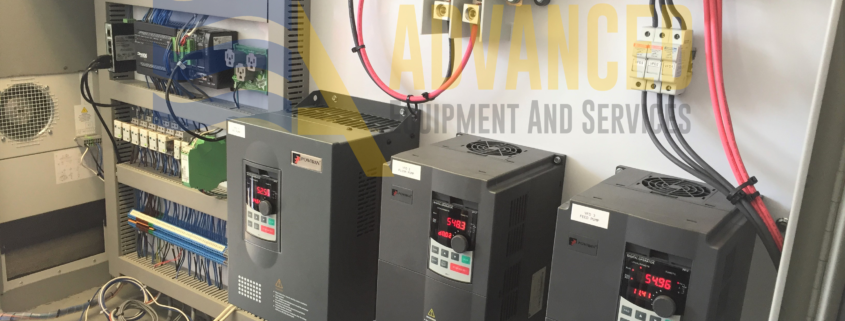Brackish Water Desalination: Key Technologies and Their Benefits
What Is Brackish Water Desalination?
Key Technologies for Brackish Water Desalination
Reverse Osmosis (RO) Desalination
Reverse osmosis desalination of brackish water is one of the most widely used desalination techniques for brackish water. In this process, water is pushed through a semipermeable membrane that blocks the passage of salts and other impurities. The resulting clean water is collected on one side of the membrane, while the saltwater concentrate is discarded.
Electrodialysis
Electrodialysis is a new desalination technology that uses an electric current to move salt ions through selective membranes. Unlike reverse osmosis which uses pressure, electrodialysis removes salt ions directly, making it perfect for cost-effective brackish water desalination.
Nanofiltration
Nanofiltration is a membrane technology for brackish water desalination that works similarly to reverse osmosis but with larger pores in the membranes. This method removes larger molecules like salts and organic compounds and allows smaller molecules to pass through.
Ion Exchange Desalination
Ion exchange desalination involves exchanging undesirable ions in the water, such as sodium and chloride, with more desirable ones. This method is often used in combination with other desalination technologies to enhance water quality.
Solar Desalination
Brackish Water Desalination Benefits
Advanced Equipment and Services: Your Partner in Water Treatment Solutions
Advanced Equipment and Services is a global provider of industrial and commercial water treatment solutions. We focus on manufacturing efficient equipment that is simple and easy to operate and maintain, using high-quality materials at the best price in the industry. Whether you need brackish water treatment solutions or customized water treatment systems for brackish desalination, we deliver equipment that ensures reliable performance and long-term value.
Conclusion
Brackish water desalination is an increasingly important solution for addressing global water scarcity. With technologies like reverse osmosis, electrodialysis, nanofiltration, ion exchange, and solar desalination, you can achieve energy-efficient brackish water desalination that suits your specific needs. Whether you are looking to provide fresh water for municipal, industrial, or agricultural purposes, investing in advanced desalination systems for brackish water will ensure long-term water security and sustainability.

 advancees
advancees
